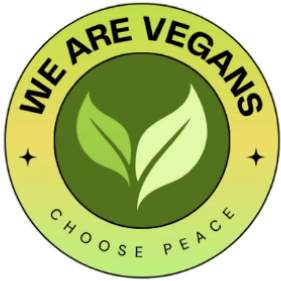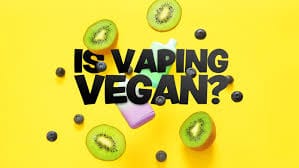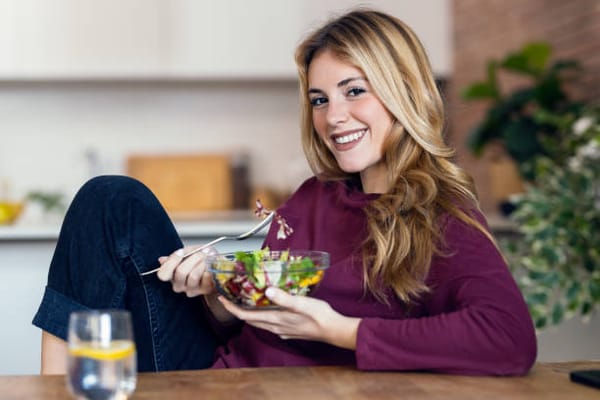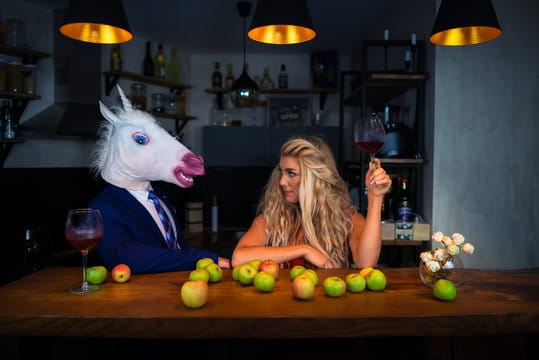You Love Animals? Prove It at Dinner
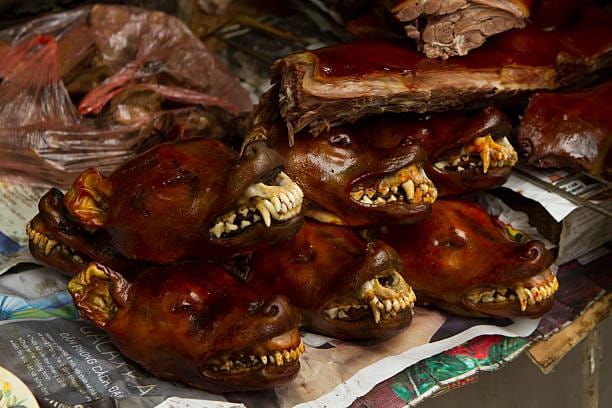
Most people would say they love animals. We fill our homes with pets, support wildlife documentaries, donate to shelters, and teach our kids to be kind to animals. But when dinner is served, that compassion often disappears. It’s not hypocrisy, it’s conditioning. We've been taught to separate animals into two categories: those we love and those we eat. But if we claim to care about animals, it's time to bring that care to the dinner table.
The Problem: Selective Compassion
Cows, pigs, chickens, and fish are no different from dogs or cats in their ability to feel pain, form bonds, and experience joy or fear. Studies have shown that pigs are as intelligent as toddlers and can outperform dogs in cognitive tests. Cows have best friends and experience stress when separated. Chickens recognize over 100 faces and show empathy toward their peers. Yet these animals are the ones we routinely exploit and kill, just because we’re used to it.
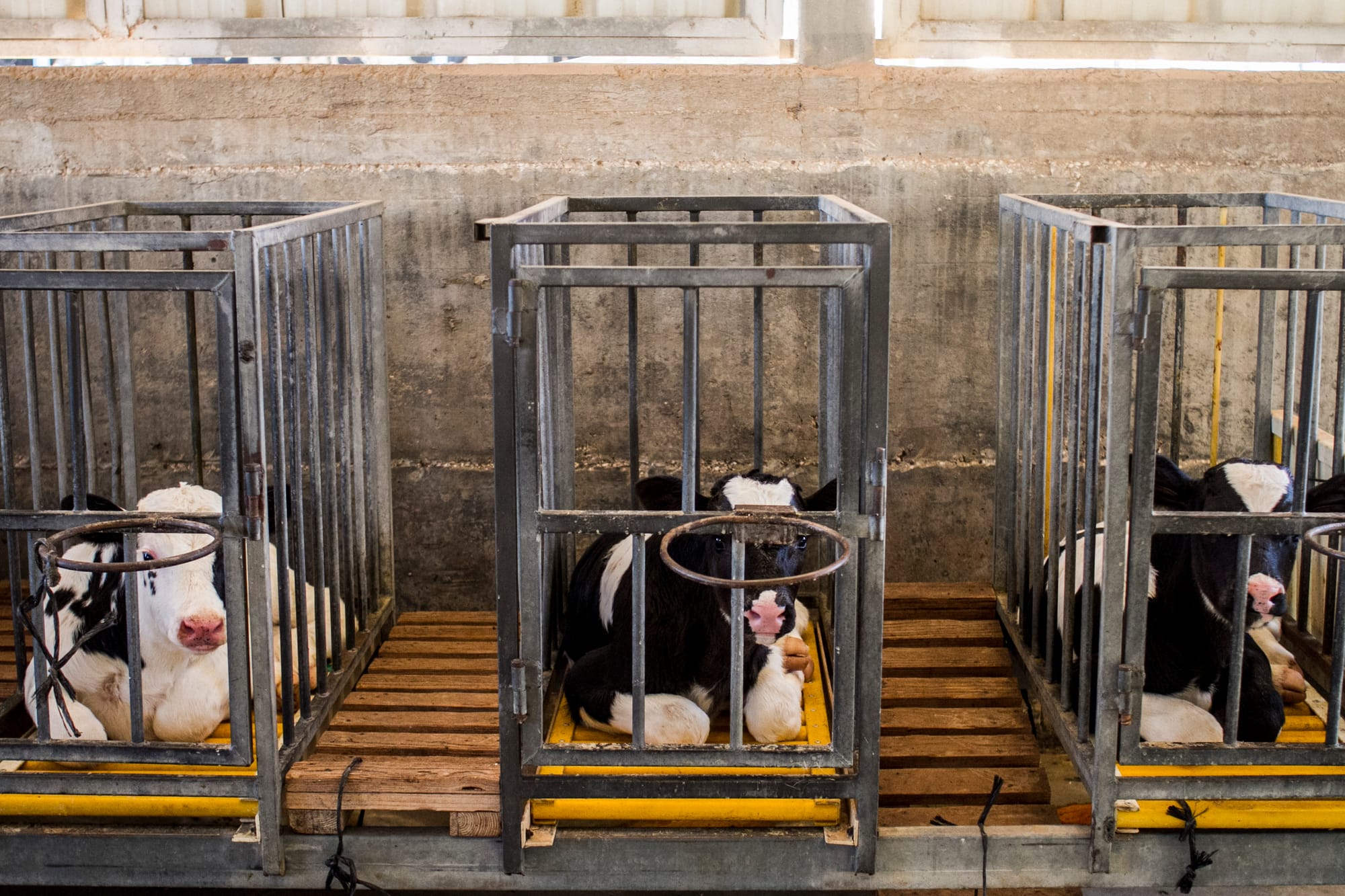
This is what's known as carnism: the invisible belief system that conditions us to eat certain animals and not others. It’s not natural or logical , it’s cultural. In some countries, dogs are eaten and cows are sacred. In others, cows are burgers and pigs are bacon. Our food choices aren’t rooted in necessity, but in habit — and it’s time to examine that habit critically.
The Slaughter Behind the Scenes
Modern animal agriculture is brutal. Whether it’s a factory farm or a so-called “humane” facility, the end result is the same: fear, suffering, and death. Animals are bred, confined, mutilated, and killed at staggering rates , over 80 billion land animals per year, not including fish. Most of us would never be able to kill an animal ourselves, yet we outsource the violence to someone else and distance ourselves from it.
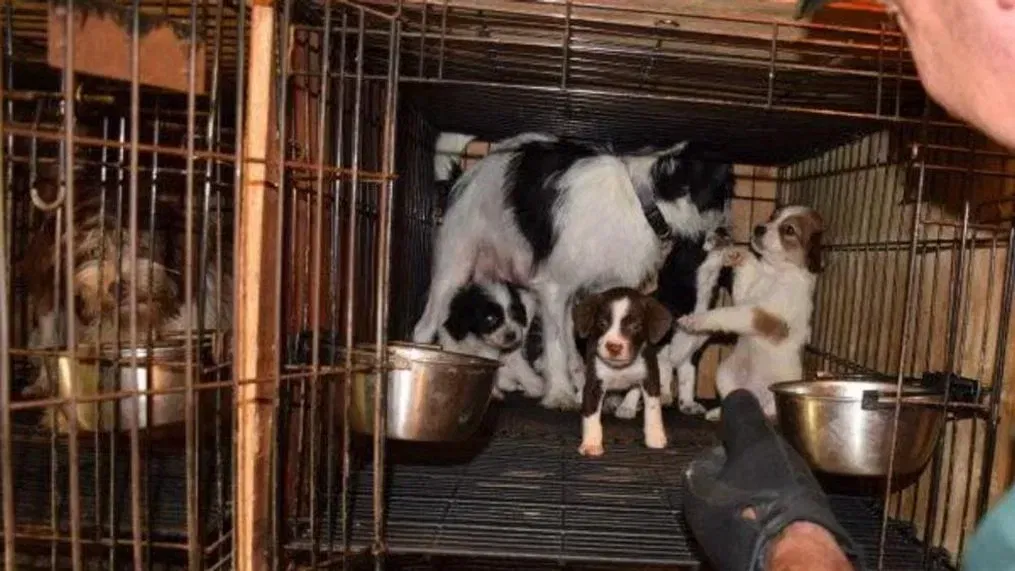
The truth is, if slaughterhouses had glass walls, far fewer people would eat meat. But the system is designed to keep that violence hidden, both physically and emotionally.
The Disconnect: Kindness vs. Convenience
You wouldn’t hurt a dog for fun, yet that’s essentially what happens to animals raised for food, not out of malice, but out of convenience. We’ve been taught that animals exist for us: for our meals, our fashion, our entertainment. But that thinking is rooted in outdated ideas. Animals are not objects. They’re not ingredients. They are sentient beings who value their lives, just like we do.
Loving animals means respecting their right not to suffer. That means making food choices that reflect that love, and opting out of systems that thrive on their pain.
What You Can Do: Let Your Plate Reflect Your Principles
Going vegan doesn’t mean giving up flavor, culture, or joy. It means removing cruelty from the equation. There are more plant-based options than ever before — from meat alternatives to dairy-free desserts, from hearty vegetable dishes to protein-packed legumes and grains.
Start small if you need to. Replace one animal-based meal per day. Try meatless Mondays. Experiment with plant-based recipes from different cuisines. Every meal is a chance to vote for the kind of world you want to live in.
Conclusion: True Love Takes Action
It’s easy to say we love animals. It’s harder to challenge the systems we’ve grown up with. But love isn’t passive. It’s a verb. If we truly care about animals, we have to show it — not just in our words, but in our actions. And the most powerful action we can take starts on our plates.
Takeaway:
If you say you love animals, prove it — three times a day. Because real love doesn’t kill.
